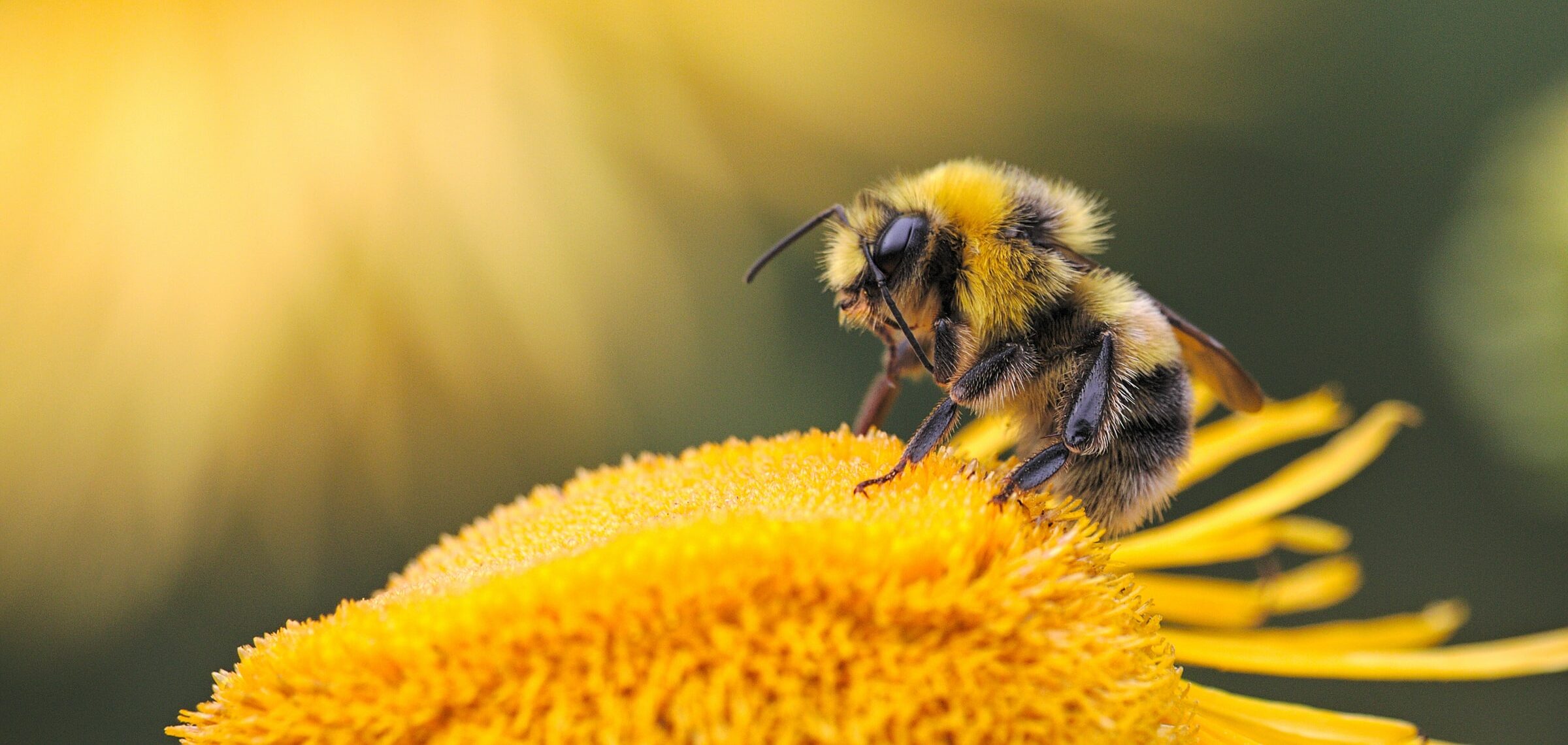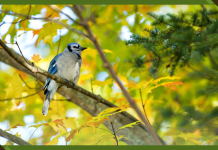Written by: Liz Kimbrough
A California court has ruled that state legislation on endangered species can apply to invertebrates. The decision this week by the Third District Court of Appeal means insects, including four endangered native Californian bumblebee species and the monarch butterfly, will receive much-needed protection under the California Endangered Species Act.
“We are celebrating today’s decision that insects and other invertebrates are eligible for protection under CESA,” Sarina Jepsen, director of endangered species at the Xerces Society for Invertebrate Conservation, said in a press release. “The Court’s decision allows California to protect some of its most endangered pollinators, a step which will contribute to the resilience of the state’s native ecosystems and farms.”
In 2018, the Xerces Society, the Center for Food Safety (CFS), and Defenders of Wildlife petitioned the state of California to list four species of native bumblebees as endangered under CESA.
The California Fish and Game Commission voted to begin the process of listing these bees as endangered in 2019, but were then sued by a “consortium of California’s large scale industrial agricultural interests,” according to a Xerces Society press release. The trial court sided with the agricultural consortium, and the conservation groups appealed that decision in 2021. The decision this week marks a win for the conservation groups.
The four species are the western bumblebee (Bombus occidentalis), whose relative abundance has declined by 84 percent; the Suckley cuckoo bumblebee (Bombus suckleyi) which is considered critically endangered on the IUCN Red List and whose range has shrunk by 58 percent; the Crotch’s bumblebee (Bombus crotchii), now found in just 20 percent of its historical range; and Franklin’s bumblebee (Bombus franklini) which, despite extensive annual surveys, has not been seen since 2006.
According to California law, protections under the CESA mean that public agencies should not approve projects that would “jeopardize the continued existence” of any endangered or threatened species or adversely modify their habitat. These species are also protected from being removed from the wild or killed.
“It is a great day for California’s bumble bees!” said Pamela Flick, California program director with Defenders of Wildlife.
Sam Joyce, a certified law student with the Stanford Environmental Law Clinic who argued the case in the Third District, said the CESA is an important tool to protect and restore endangered species. He said the court’s ruling “ensures that CESA will fulfill its purpose of conserving ‘any endangered species’ by protecting the full range of California’s biodiversity, including terrestrial invertebrates.”
The IUCN’s Bumble Bee Specialist Group reports that 28 percent of all bumblebees in North America are at risk of extinction. Alarming on its own, this decline may also have consequences for ecosystems and crops, as one-third of food production depends on pollinators like bees.
“With one out of every three bites of food we eat coming from a crop pollinated by bees, this court decision is critical to protecting our food supply,” said Rebecca Spector, West Coast director at the Center for Food Safety. “The decision clarifies that insects such as bees qualify for protections under CESA, which are necessary to ensure that populations of endangered species can survive and thrive.”
Header Image Credit: Dmitry Grigoriev/Unsplash
This article originally appeared on Mongabay







